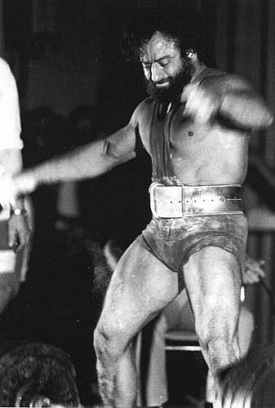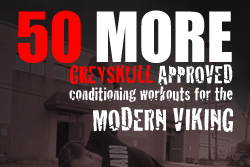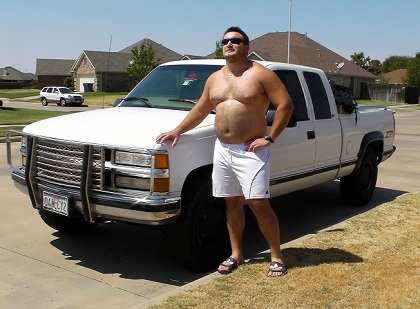Egad! Internal Rotation!
It’s pretty common to see girls internally rotate on the press and bench press (guys do this too, and I say this because I’m ALL about equal opportunity and shit…) regardless if they are new to lifting or are experienced (I’m irritated I even have to clarify this). It could be due to a lack of a proper motor pathway, the coach’s fault for not addressing it, or a lack of musculature, specifically in the triceps. In any case this issue should be addressed soon. Some resources to elaborate on this topic include a video on internal rotation and improving the push-up and an article on how the internal rotators contribute to the bench press.
There are two ways to address this internal rotation problem: cuing it properly while doing the exercises and develop the musculature over time so that it can be done correctly. If we are going to cue the lifts, we have to assume that proper mechanics and set up exist; the most important is a correct grip where the forearms are vertical at the bottom ROM of the lift (start of press, bottom of bench).
Pressing
It’s been my experience that girls are fully aware of the location of their breasts even when not knowing what their body is doing during lifting. A simple “elbows to boobs” cue can help align their elbows and subsequently humerus (upper arm bone) into a properly externally rotated position. This cue works the best, but “elbows to ribs” could also be used — perhaps for the less endowed girls (I kid; they still know where their boobs are, they are just harder to find). Muscular guys can sometimes use “triceps to lats” for the same effect. If the concept has been taught and fully understood, “elbows in” could be used and is particularly helpful if the lifter is internally rotating in the middle of the lift (flaring the elbows on the way up).

If the lifter internally rotates in the middle of the lift, then they are either not performing the cue properly (in which case good coaching needs to occur) or they are using too much weight to do it properly. It’s likely that properly external rotated positions will not allow the same weights to be pressed because the lifter has adapted to the wrong way. If you’re lifting by yourself and know that you are internally rotating (either by feeling it or from video), then drop the weight and do it correctly over time. It’s not like you are trying to impress anyone since you’re forever alone anyway.
Bench Press
Internally rotating on the bench press is more notable since the elbows can flare to perpendicular relative to the torso. There are many ways to correct this, including aiming for a 45 degree angle with the elbows, “elbows to ribs”, “elbows to lats”, “spread the bar apart”, or “elbows in”. The primary issue with improving internal rotation in either lift is that it has to occur consistently over time so that the structures develop in a way that executes the new externally rotated position properly.
Developing the Structures
Most guys, especially those that have been lifting for at least a year, can make the adjustment and improve their positioning by cuing it correctly, lowering the weight, and doing it consistently. Someone in this scenario may need to improve the frequency or volume of that lift in their program to garner enough reps to make a muscular change. Girls, on the other hand, will benefit from ancillary exercises. I’ve used the seated assisted dip machine to help develop the triceps of a girl to augment proper press and bench positioning. These work really well because during a dip the elbows (are supposed to) stay close to the ribs and develop the middle of the triceps — the part that primarily helps the press and bench. I’ve also put an emphasis on exercises like pull-ups, chin-ups, barbell rows, and dumbbell rows to develop the upper back to help positioning and to strengthen the area around the shoulder girdle. Keep in mind that isolation exercises will hardly be relevant for developing musculature to augment the primary lifts and instead you should use compound exercises (i.e. dips instead of triceps extensions).
Start paying attention to your internal rotation whether you’re a dude or a chick. If you’re doing it wrong, try out one of these cues and focus on it for a few weeks. It may require a reduction in weight, but it will pay dividends for your strength, joint health, and musculature in the long run.




